What are the 'big things and small things' seen from humans?

Large objects seen by humans include cars and buildings, while smaller objects include small animals and insects. Kurzgesagt, a science YouTube channel, explains things that are big and small compared to humans.
The height of the three-story building is approximately 10 meters, which is approximately six times the height of a human.

On the other hand, a squirrel is about 27cm long, which is one-sixth the size of a human.

Therefore, the relative middle ground between a three-story building and a squirrel is a human.


On the other hand, the body length of the Red-tailed Hummingbird is about 7 cm, which is about 1/23rd the size of a human.

But despite its small size, the Rufous Hummingbird is capable of migrating between Alaska and Mexico. If you expand such a Red-bellied Hummingbird to the size of a jet plane, it is possible for the Red-bellied Hummingbird to circle the earth 85 times each year.

The world's largest ant,

On the other hand, an object 55 times larger than humans would be equivalent to a 25-story building.


This size is equivalent to

Coarse grains of sand, approximately 3mm in size, are approximately 1/550th the size of a human.
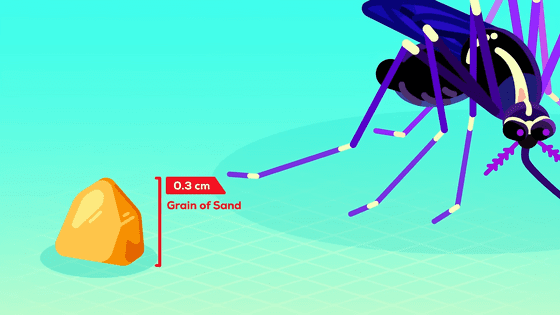
Even so, grains of sand, when mixed with concrete, can support
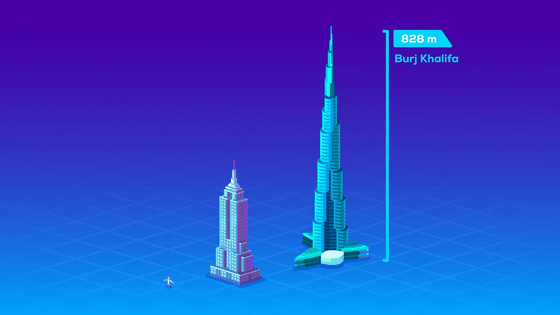
Lisbon, the capital of Portugal, has a city area of 84.8 square kilometers, which is approximately 6,000 times the size of a human.
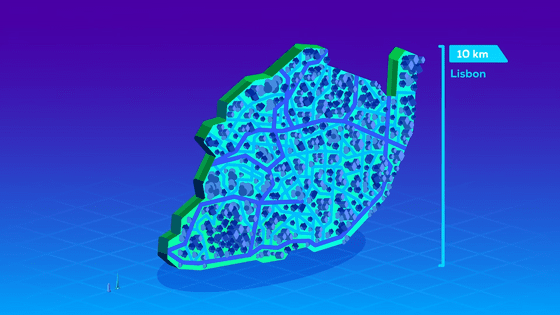
In contrast, the diameter of human arteries is approximately 1/6000th that of humans.

Furthermore, the size of skin cells is 30 micrometers, which is approximately 1/100,000 times the size of a human.
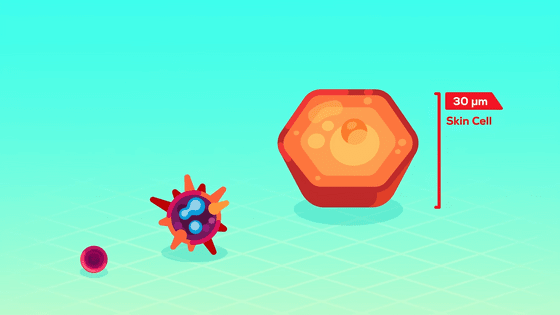
Neutrophils are half the size of skin cells, and red blood cells are only 7 micrometers in size.

The size of a human being seen from the perspective of red blood cells is equivalent to the Tokyo, Kanagawa, Chiba, and Saitama areas of Japan's metropolitan area from a human perspective.

Expanding the scale further, the size of Germany, which stretches approximately 875 km from north to south, as seen from a human perspective is approximately the same as the size of a human being as seen by
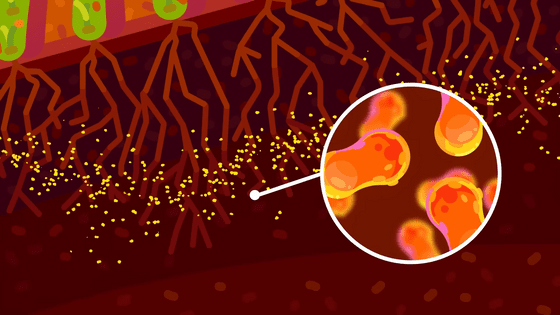
The difference in size between the Earth, which has a diameter of approximately 12,700 km, and humans is approximately 7.7 million times.
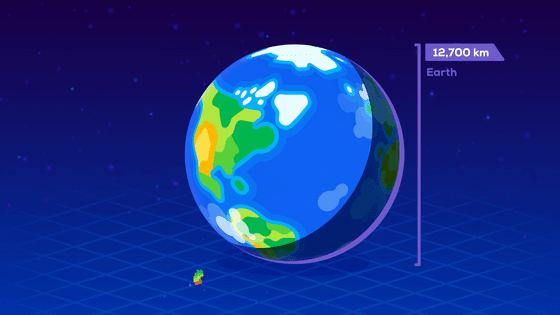
On the other hand, an object that is approximately 1/7.7 million times the size of a human being is
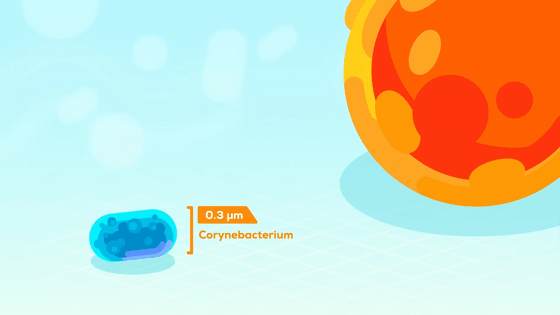
The diameter of Jupiter, the largest planet in the solar system, is approximately 140,000 km.
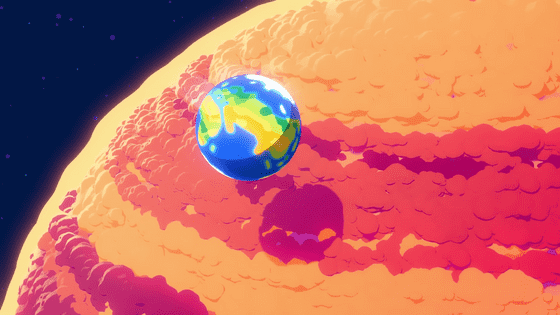
The size of Jupiter as seen by humans is almost the same as the size of humans as seen by

When the new coronavirus enters the body, it has a fatal effect on lung cells, which are approximately 500 times larger than itself. This is like a human being challenging a giant comparable to the size of Burj Khalifa.
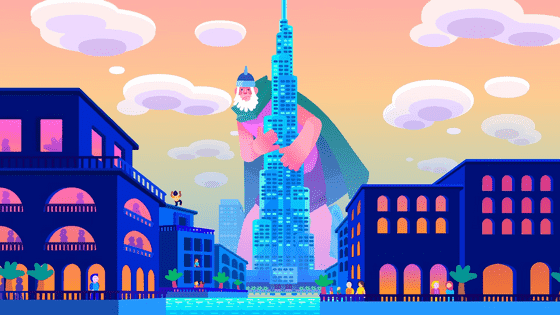
With a diameter of 1.4 million km, the Sun is about 10 times the size of Jupiter and about 1 billion times the size of a human.
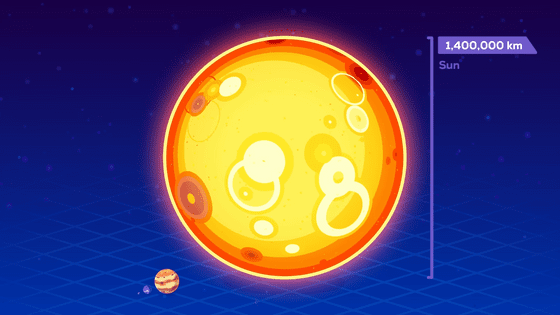
On the other hand, the width of the double helix structure of DNA, which is the main body of genes, is approximately 2 nm, which is thought to be approximately one billionth the size of humans.
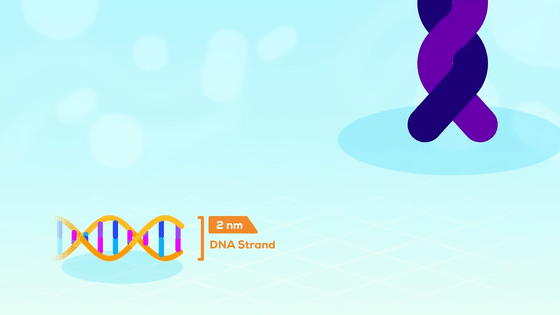
The supermassive black hole

On the other hand, the size of a hydrogen atom is extremely small at 0.106 nanometers, which is only about 15.5 billion times smaller than a human being.

The size of the entire solar system is approximately 36 billion km, which is thought to be approximately 22 trillion times larger than a human.

On the other hand,
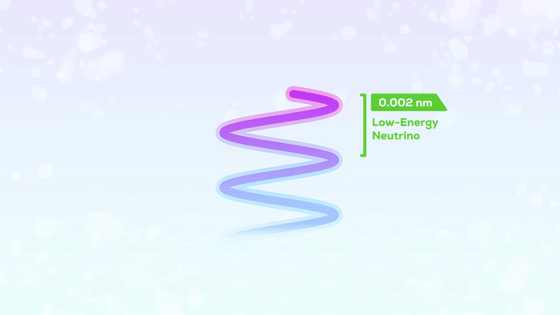
The size of the proton at the center of a hydrogen atom is only 0.00000167 nanometers, which is one quintillion times the size of a human being.
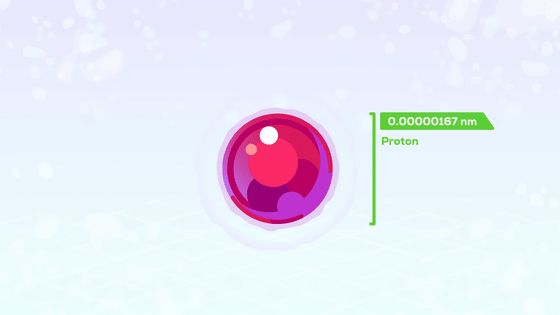
If the protons of a hydrogen atom were the same size as a human being, the size of the hydrogen atoms would be higher than 12 Everests.
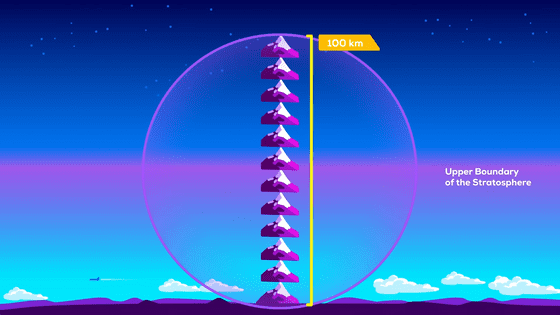
The size of
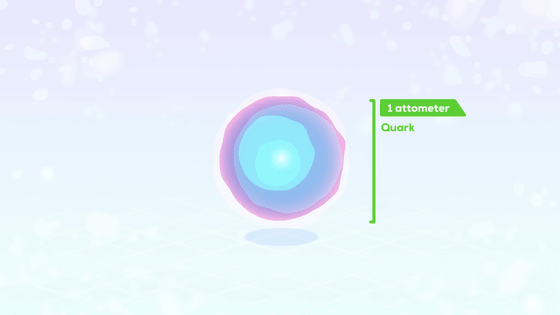
The size of a human being as seen from a quark is the same size as a sphere with a diameter of about 174 light years centered on the Earth.
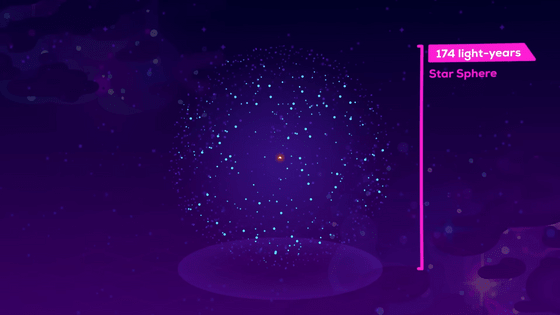
The diameter of the observable universe is said to be 93 billion light years, which is an incredible size of about 10 to the 27th power the size of a human.
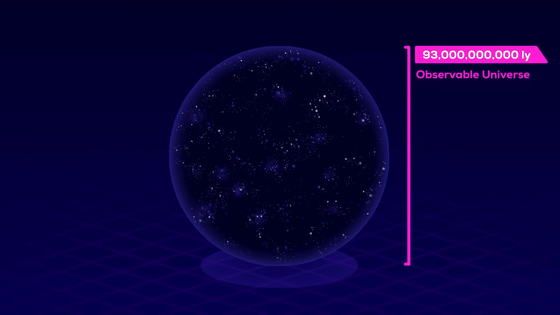
On the other hand, at the opposite end of the spectrum from the diameter of the observable universe is
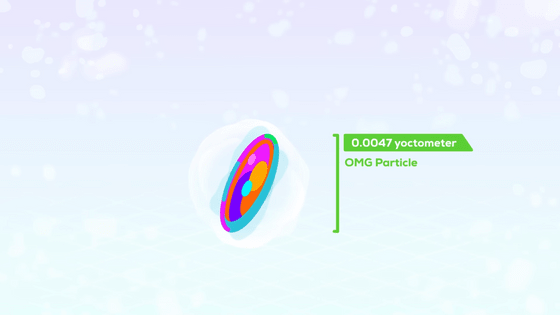
Related Posts:







